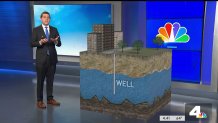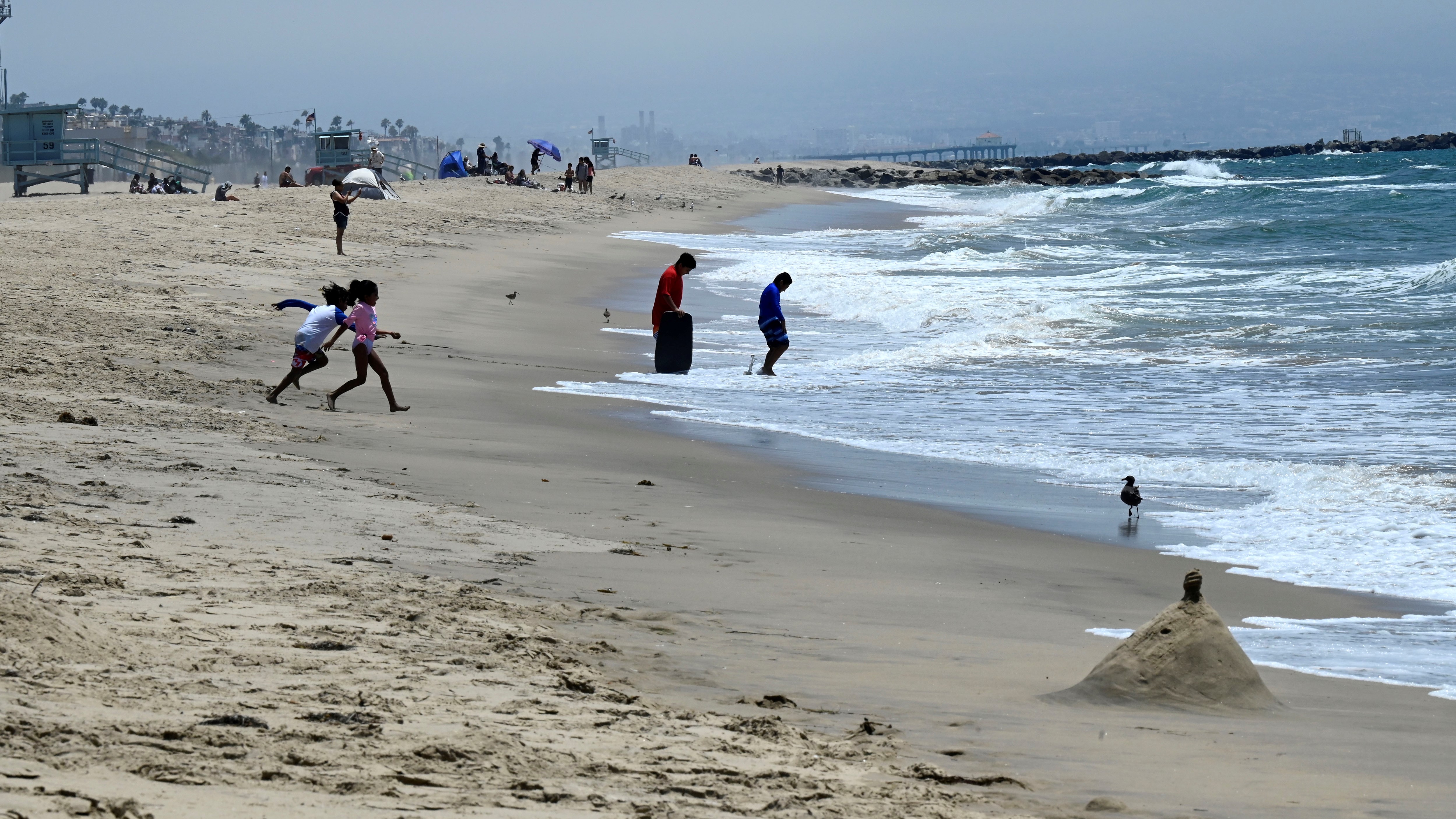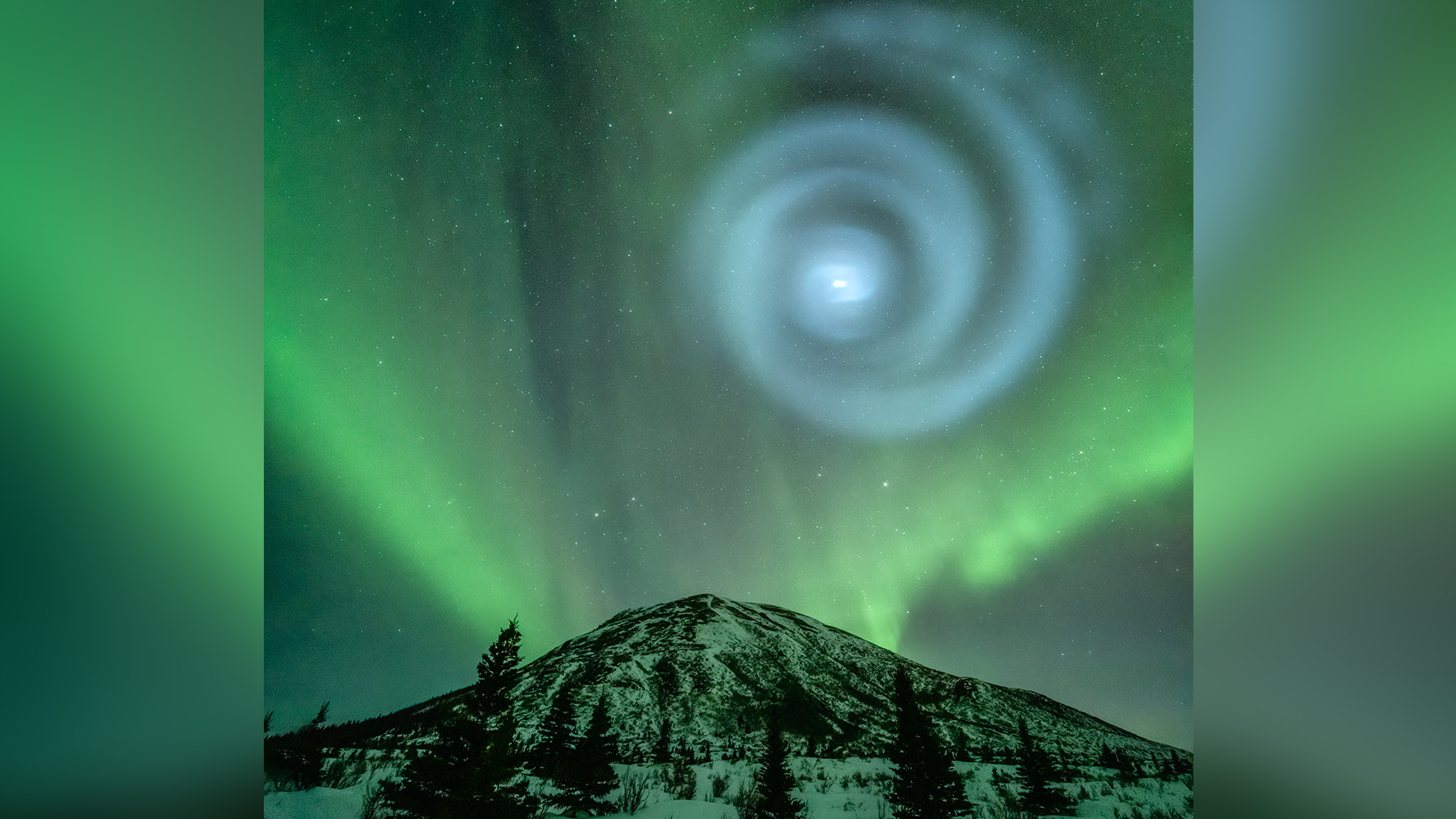When we talk about California’s water, we often think of what we can see: a snowpack, reservoirs to hold water, and aqueducts to deliver water to communities throughout the state. There is another source of water for California, and it sits deep under our feet. It’s called groundwater.
Most groundwater exists within cracks and spaces within rocks and soil (think wet sand at the beach). We call a layer of saturated material an aquifer. The water is kept in place by a layer, such as bedrock, that doesn’t allow water to pass through it.

The California Department of Water Resources estimates that the state has roughly 850 million – 1.3 billion acre-feet of groundwater, but not all of it is usable. In comparison, the major reservoirs in California can hold a combined 50 million acre-feet of water. Groundwater makes up roughly 40% of the state’s water supply, with that number fluctuating based on wet or dry years.
Get top local stories in Southern California delivered to you every morning. Sign up for NBC LA's News Headlines newsletter.
To reach the groundwater, wells are drilled and water is pumped to the surface. These wells may supply farms, industries, and cities, or are used for monitoring the level of the aquifers. Almost 6 million Californians rely solely on groundwater for drinking water. However, this water is not unlimited. Years of drought and decades of little regulation on usage have allowed for over pumping of groundwater, causing levels to fall.

Changes on the surface have also had an impact on groundwater. As rain falls, the water percolates through the ground into the aquifers. Urban areas make it more difficult to replenish groundwater in spots. During rain, water is instead diverted through storm drains, or is unable to soak through pavement. Some areas have tried to mitigate this by pumping water from the surface into the aquifer, or through spreading basins.
These issues continue to have a lasting impact on groundwater and the communities who rely on it. As the water levels fall, wells run dry. Existing wells must be deepened, or new wells drilled to reach the retreating water.
The falling levels have presented another problem, sinking land. Groundwater helps support surrounding soil and rock. As groundwater levels have fallen, the rocks and soils have compressed causing the land above to sink. This is called subsidence, and has been a major issue in the Central Valley. This is not reversible. Imagine a reservoir that shrinks in size every time it is drawn down to a low level. The amount of groundwater that can be stored will decrease over time.
Remember to conserve water, even during non-drought years. Not only does it help reduce the usage of water that we can see, but also helps to reduce over-pumping of groundwater, protecting the vital resource under our feet.



